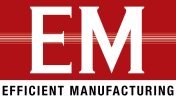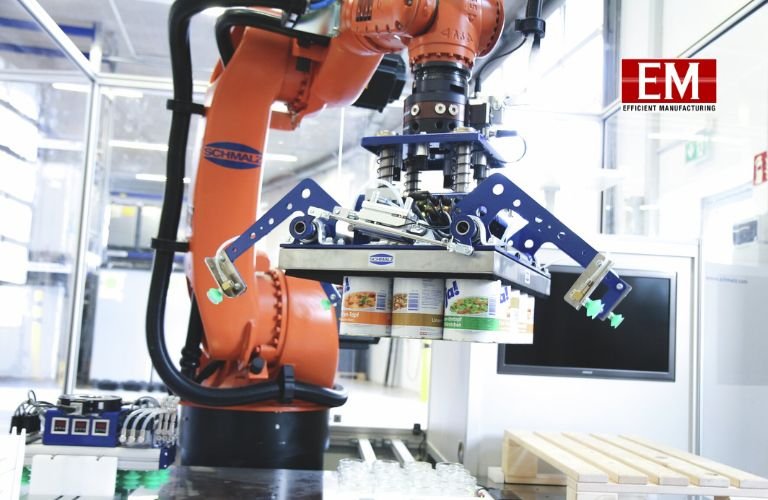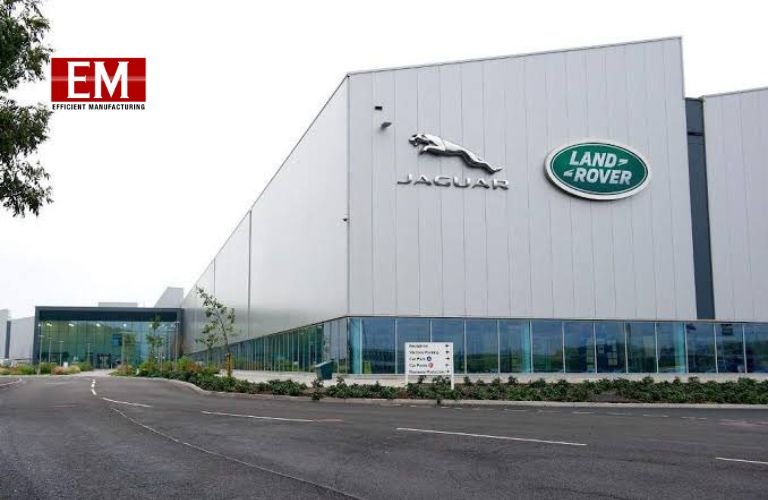| Driven by the advancements in digital technologies, IT–OT integration has established a robust environment from field devices to platform-independent cloud solutions. A&D discusses how plug-and-play and cloud-neutral solutions resolve interoperability challenges in Industry 4.0.
Praveen Kumar Vijay Narayan Singh,
Chief OPC Solution Architect, Connectivity Solutions,
Utthunga
Cybersecurity, data connectivity, interoperability, remote monitoring and maintenance and management information systems (MIS) have become crucial in large-scale enterprise businesses. The most valuable outcome of the IT–OT convergence is the paradigm shift from reactive maintenance to proactive maintenance while creating new business opportunities. This shift has led to the much-needed advancement in almost every aspect mentioned earlier—something only wishful when IT & OT worked independently.
Undoubtedly, IT–OT convergence has progressed much faster in established and forward-thinking companies worldwide. However, its “on-the-ground” success for small and medium enterprises is still challenging. Large enterprises often get trapped in the vicious circle of “use cases” of IT-OT integration. Smaller organisations, on the contrary, find it challenging to adopt digital competencies due to heavy investments, expertise and the “what if we fail” syndrome.
Interoperability Challenges & OPC UA Specifications
It is well-known that OT environments have traditionally been more risk-averse than IT environments in adopting technologies due to the nature of sensitive data and its direct exposure to plant assets. This uncompromising fact leads to the first-level challenge of achieving scalable interoperability. This is primarily because the multi-layer communication across the industrial infrastructure includes heterogeneous devices, networks and systems.
From the operational effectiveness and scalability perspective of IIoT, interoperability is the most crucial. Individual components as well as systems as a whole must perform without interruption, even when new technologies/process improvements are introduced. Some challenges affecting the interoperability capabilities of small and big enterprises are:
Multi-layer Communication: The three layers, namely floor devices, edge computing and cloud computing are complex in their unique way. While horizontal communication among multiple heterogenous field devices is a visible issue, the vertical two-way communication across the subsequent two layers is another world of challenges.
Data & Information Security: Confidential enterprise data is prone to internal/external security threats. Integrity and security of physical devices, Virtual Private Networks (VPN), SCADA systems, Virtual Private Clouds (VPCs) etc. affect interoperability and have cascading effects on the individual and connected infrastructure performance.
Connectivity & Compatibility: The speed, accuracy and reliability of data have a direct bearing on the interoperability of physical devices, communication networks and systems. Sufficient room and scope for vendor/platform-independent connectivity and compatibility to accommodate future technologies are essential for future-proofing.
Standards & Compliance: Interoperability between devices, networks and applications in the IIoT environment is greatly affected by universally accepted industrial specifications and protocols. For example, OPC UA provides scalable and platform-independent mechanisms by establishing secure connections between clients and servers.
Features of Connectivity in IT–OT Integration
Of all the buzz around, the most critical factor that binds the entire automation pyramid is, perhaps, “connectivity”. North–South (N–S) connectivity unites the entire communication architecture. Of its many essential features, the ones affecting IT–OT integration are:
- Edge-to-Cloud: The latest technologies bypass traditional upward connectivity and connect the edge directly to the cloud. The three components, namely communication architecture, edge computing hardware and software applications, save a lot of effort in establishing two-way real-time communication.
- Connectivity Protocols: High-performance and scalable industrial protocols like OPC UA work on the principles of data structure standards. This helps the users seamlessly exchange meaningful information, irrespective of the vendors’ devices and supporting platforms.
Many other combinations of hardware–firmware–software technologies are constantly pushing industrial connectivity to new frontiers. Moreover, with 5G technology already in the market, it is only a matter of time before N–S connectivity becomes seamless without losing any data in the IT–OT integration cycle.
Importance of Cloud Neutrality
Cloud technologies have brought a leap of advancements in industrial automation. Its two most compelling reasons, analytics and scalability, have riveted the users’ attention to all the business benefits cloud services offer today. However, the typical fear of “vendor-lock” makes cloud neutrality necessary to enable users to choose among the available solutions.
The flexibility of cloud neutrality from different vendors enables users to customise their heterogeneous architecture and make the best use of cloud solutions. Different cloud Architectures\Solutions, such as Iaas, Saas and PaaS from multiple vendors are becoming affordable and competitive because of “cloud neutrality”. It empowers enterprises to manage a host of assets that come from physical or virtual devices, applications, software/hardware interfaces etc.
The need for and importance of cloud neutrality is to:
- Benefit from platform-agnostic flexibility to operate on one or more cloud-vendors
- Choose from available options to integrate the existing and ongoing digital journey
- Switch over to an alternative cloud vendor offering a close match to your exact business needs
- Not let the entire digital footprint be jeopardised by only a single vendor
- Capitalise on technology and cost advantage of vendors in specific areas
Benefits of a Plug-and-play Solution
Plug-and-play solutions offered by established vendors and newcomers for IT–OT integration is gaining popularity. This positive trend also dissolves the boundaries between IT and OT departments in the organisation, helping companies embrace IIoT with ease and confidence.
The most prominent benefits promised by the plug-and-play solution of IT–OT integration are:
- Validation of business ideas without upfront investment
- Rationalising capital expenditure against target returns and ROIs
- Complete digital solution for legacy enterprises, risk mitigation and control
- Combined tools, technologies, processes and industry compliance for quick onboarding
- Automated production, remote monitoring and predictive maintenance
Performance and Benchmarking Guidelines
- Primary Cloud
Enterprises must set short, medium and long-term priorities and adopt the most suitable vendor from the very beginning. A robust “primary cloud” model is a proven strategic long-term approach. The CTOs must be vigilant about falling into the trap of a multi-cloud environment as it can affect operations, apart from causing a significant burden on the investment and related returns.
This ‘primary cloud’ environment must focus on constant development, monitoring, analysis and improvements in operations, processes and timely upgrades.
- Entry & Exit Plan
With fast-changing technologies and business functions, cloud service providers are also bound to alter or modify their focus areas over time. Enterprises must ensure that the digital transformation line items are well documented from the beginning until the predefined period. SLAs, escalation matrix, Change Request (CR) procedures and others must be clearly explained and mutually signed off.
- Cloud Neutrality, Tools & Technologies
While neutrality is desirable, upskilling the in-house workforce regarding tools, technologies and processes also needs enough importance.
- Compliances, Certifications & Audits
Well-known industry certifications for cloud professionals in cloud technologies like AWS, CCSP, MS Azure, Google Professional etc. provide industry-trusted knowledge and certifications. Cloud technologies can leverage multi-fold benefits across all levels of the automation pyramid. Cloud computing audits conducted by an independent third-party endorses credibility in multiple aspects. To summarise, an ideal, neutral, interoperable and plug-and-play cloud offering must have security, reliability, flexibility, scalability and value for money.
Going forward with interoperability
“Locally Global” is the mantra for many futuristic industrial products, services and solutions. The future of interoperability revolves around enterprise integration, inclusive automation, from-anywhere accessibility, virtual environments, discrete or event-based simulation, Big Data-driven AI and so on. Three verticals will drive the future of interoperability in industries: Digital, Virtual and Cloud. While technologies will still be at the forefront, other factors, such as connectivity, communication, advanced customisation and open collaboration, will wipe out all the interoperability challenges we face today.












